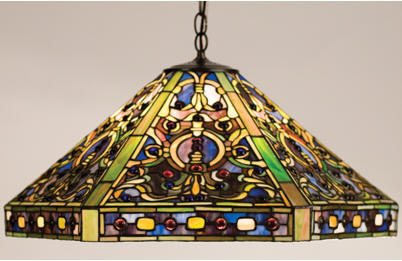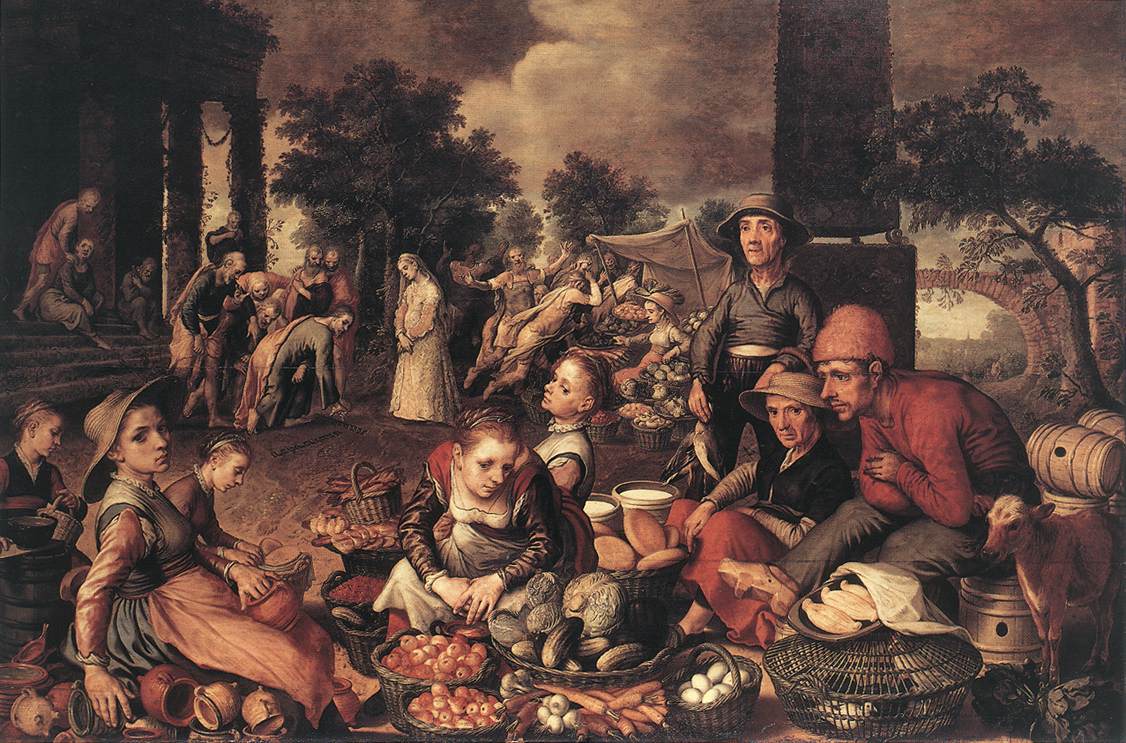Queen Elizabeth I loved the arts and it showed. During her reign, paintings were dominated by portraiture and miniatures in particular. Elaborate textiles, as well as embroidery, were also prevalent in the decorative arts while sculpture found a place in architectural decoration and tombs.
The Queen also took interest in her portraits. She guided many artists such as Nicholas Hilliard as well as Marcus Gheeraerts in creating stylized imagery which portrayed elegance, power and wealth. Artists like the ones aforementioned received various commissions from the Crown and they all employed the techniques from European Mannerism as well as from the school of Fontainebleau.

They created large-scale and full length painting which portrayed nobility in flamboyant and luxuriously decorated costumes which come with embroidery, armor, hunting gear, ruffs, lace and weapons. In doing so, they made this highly decorative yet artificial style a major characteristic of Elizabethan England Art.
Elizabethan Era Sculptures
During the age of Elizabeth, the painting was dominated by portraiture, particularly in the form of miniatures, while elaborate textiles and embroidery prevailed in the decorative arts, and sculpture found its place within the confines of tomb and architectural decoration.
The Queen herself took a keen interest in her portraits, guiding artists such as Nicholas Hilliard and Marcus Gheeraerts in the creation of stylized images of immense elegance, wealth and power. Various artists such as Hilliard, Gheeraerts, Robert Peake the Elder, John de Critz, and George Gower received commissions from the Crown, and employed techniques from European Mannerism and the School of Fontainebleau.

These artists made large-scale, full-length paintings that portrayed the noble class in richly decorative costumes with armor, embroidery, ruffs, hunting gear, weapons, and lace. This artificial and decorative style became characteristic of Elizabethan painting in general.
Elizabethan Portrait Artists
Additionally, some of the most famous Elizabethan works of art are miniature paintings. Miniatures came from the tradition of illuminated manuscripts and from Renaissance portrait medals, a revived classical form. It is said that the foreign artist Hans Holbein, instructed Hilliard, one of the Queen’s favorite artists, in the technique. Hilliard produced miniatures painted on vellum or ivory or card, and such miniatures often functioned like lockets or cameos.
Intended for private viewing, portrait miniatures were often highly personal and intimate objects that often depicted lovers or mistresses. Many of the larger court portraits of Elizabeth were based upon Hilliard’s miniatures and portraits. In the decorative arts, demand for domestic silver significantly increased during the mid-sixteenth century because of rapid growth in population and subsequent expansion of the middle and upper classes.
Silver plates were often decorated with embossed sculptural vegetal forms, fruit, grotesque figures, and strapwork. These intricate designs of foliage and patterning were also applied to suits of armor and domestic textiles embroidered with colored silks and threads of gold and silver.

Elizabethan Era Art and Architecture
Architecture of the Elizabethan period became expression of wealth and status. Symmetry and ornateness characterized the style of the English Renaissance, with tall houses and towers, for example, accented by elaborate gardens and stables.
Elizabethan style followed the Tudor style, and was succeeded in the beginning of the 16th century by the purer Italian style introduced by Inigo Jones. It responded to the Cinque-Cento period in Italy, the Francois I style in France, and the Plateresque or Silversmiths style in Spain.
More Info On- Elizabethan Musical Instruments, Art, Literature, Architecture, Artwork
